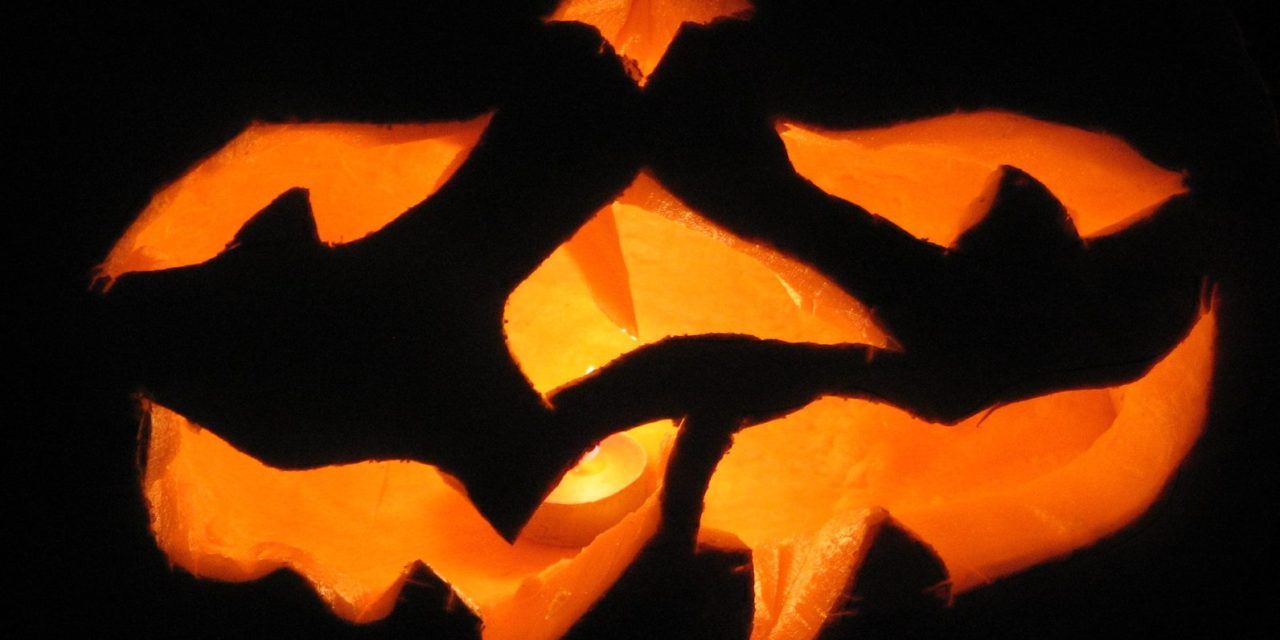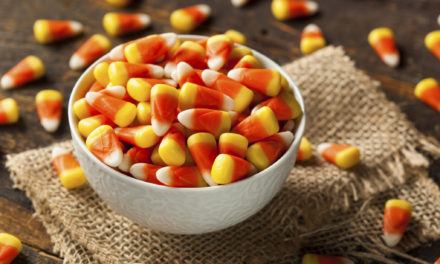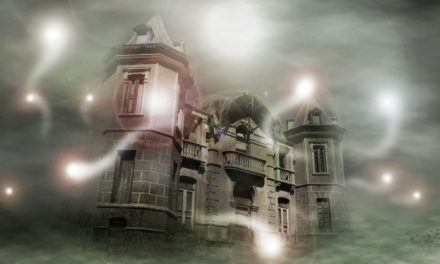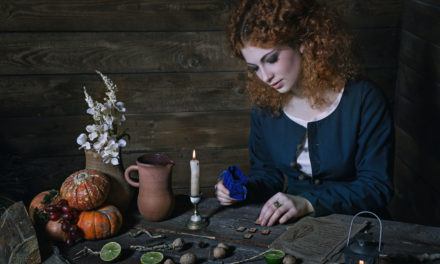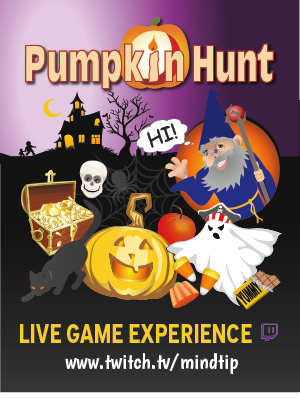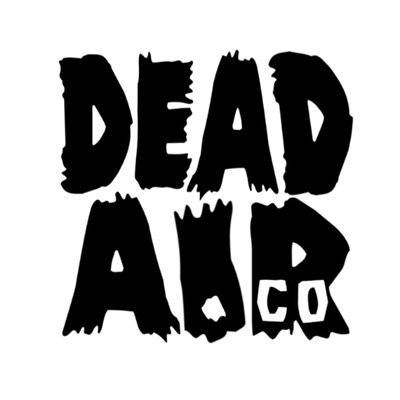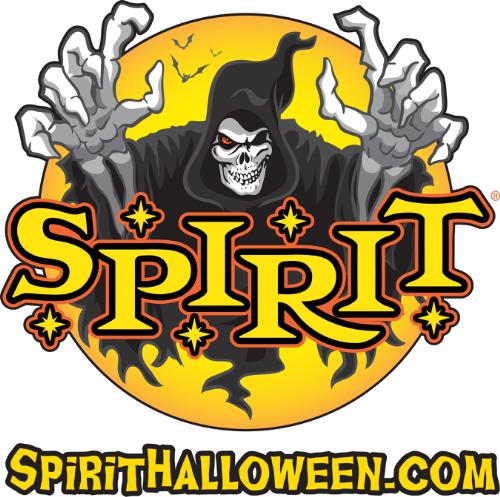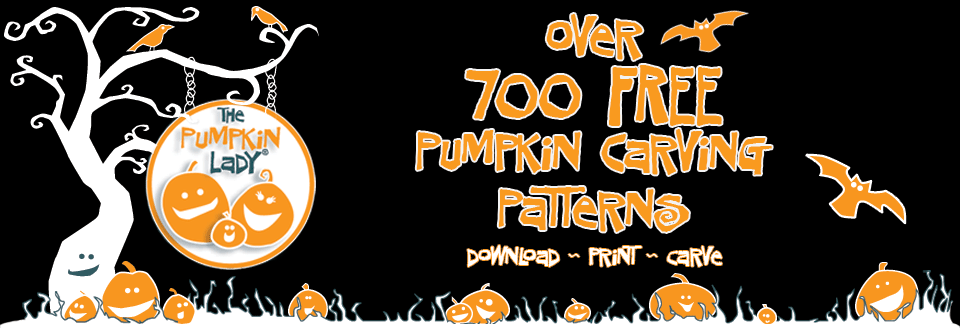Have you ever wondered why on earth we celebrate Halloween and where the idea came from? If you are like most of us, you simply enjoy the fun and games, and of course treats, and haven’t really given the origins of the holiday much thought. But the history of Halloween is a really cool story in its own right.
Way back in the day–about two thousand years ago–there lived a people known as Celts. They inhabited the area we call Ireland, and there were some in France and the UK, too. In fact, the language that is spoken in Ireland is not Irish, as you may think. It is Celtic.
Anyway, the Celtic people had a different New Year’s Day than we do here today. Their new year started on November 1st; this is probably because November marked the end of the plentiful, glorious, harvest season and the beginning of the cold, dark winter. Hence, it seems like a perfect time for marking a new year, right?
So, the Celtic people had a theory that their New Year’s Eve, October 31, was the night when there was the perfect opportunity for the ghosts of dead people to return to earth, and so the worlds of the living and the dead combined for a night. On this night, the Celtic people turned to their Druid priests for insight into what was to come in the New Year. And some theories of the history of Halloween include the priests’ ability to know the future by learning it from the dead who returned to earth.
So, the early version of Halloween, called SamHain (“sow-in”), was born. The Celts usually built these huge bonfires and dressed up in the skins of animals. They gathered around the bonfires in these “costumes” and sacrificed some of their crops and animals to the Celtic gods in the hopes that the gods would be good to them in the coming year.
Later on, the Romans invaded Ireland and the other Celtic regions, and they added their own twist into what we now know as Halloween; subsequently the history of Halloween was changed a bit. They added a couple things into SamHain. First, they added a day called Faralia, which was a day the Romans had set aside as a day to remember and honor those who had died before us. Then, they also included a day to please Pomona ñ a goddess whose symbol is the apple. Remember those days of bobbing for apples as a kid? You can thank Pomona for that tradition.
Then, Christianity came to the area ñ around the 800s. The Pope at the time–Pope Bonaface–declared November 1st All Saint’s Day, which is still celebrated as a Holy Day by the Catholic Church. The Church often times tried to replace pagan holidays with related holidays in order to appease the pagan people who wanted festivals, but also to make Christian-based celebrations. The night before All Saint’s Day, SamHain to the Celts, began to be called All Hallow’s Eve or All Hallow’s Mass. Finally, it became known as Halloween.

